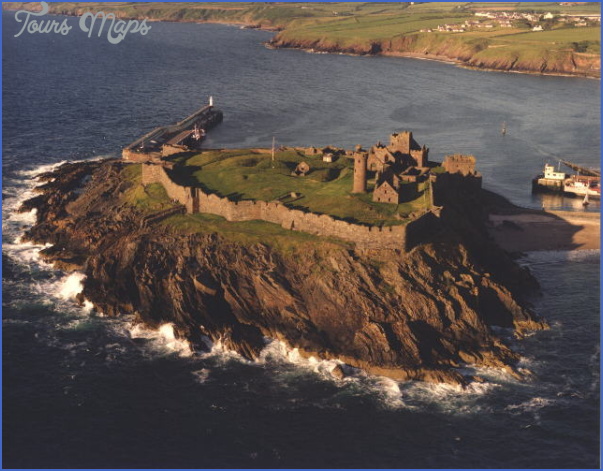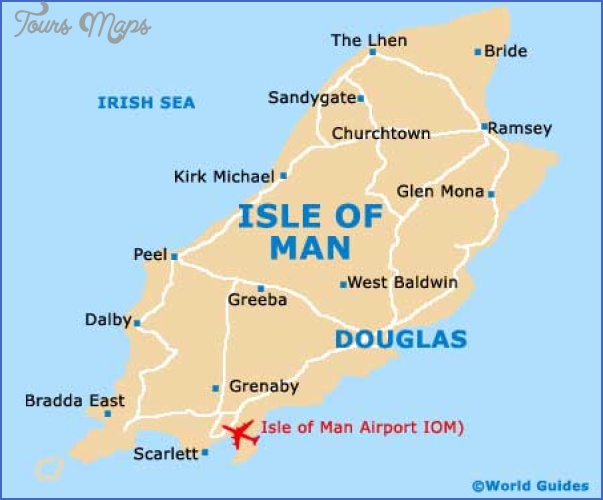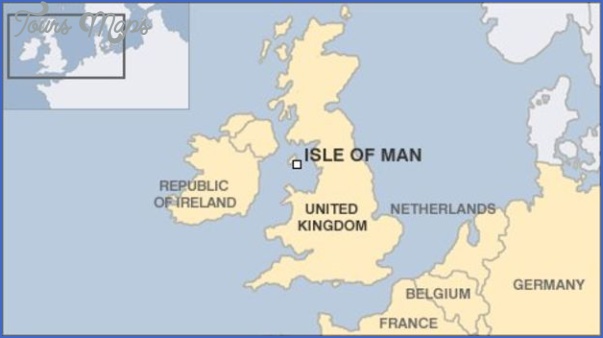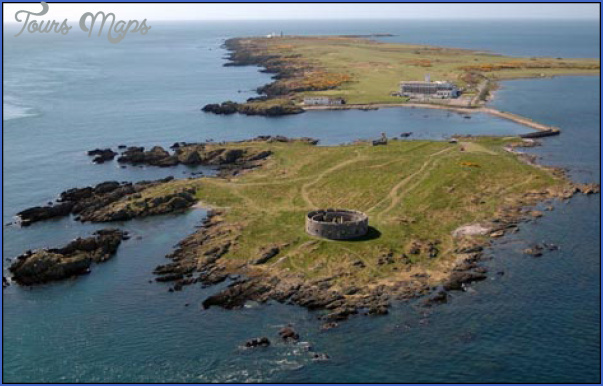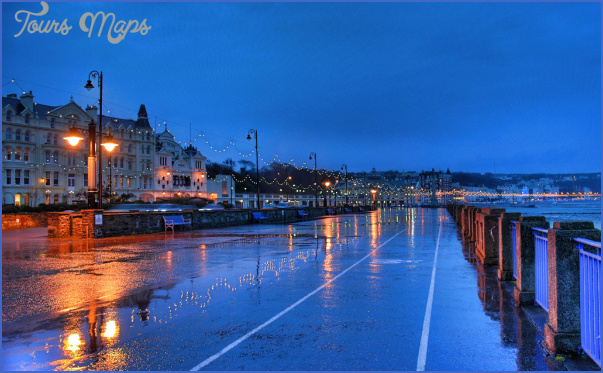Do you believe in the supernatural? Visit Ellan Vannin and the chances are you will, if you don’t already! Better known as the Isle of Man, this little island sits in the middle of the Irish Sea and is said to be protected by Manannan, the Celtic sea god, to name but one of the many fascinating myths and legends that surround this island.
MYSTERY MONGOOSE One of the island’s most notorious hauntings occurred in a family home in Dalby in 1931, where it’s said a poltergeist took on the form of a talking mongoose! Family members are said to have heard the creature (also known as Gef) talk, but it was only the 13-year-old daughter, Voirrey, who actually saw the creature. Gef told Voirrey that he was an earth-bound spirit and whilst he made himself useful at first by catching rats and guarding the house, events took a sinister turn when Gef threatened to harm Voirrey. Poltergeist activity stopped when the family moved away. Paranormal investigators have visited the house to try to explain the haunting – with opinion divided as to whether the family’s reports were genuine, or a hoax. Nonetheless, the new owner of the house claimed to have spotted a ‘weirdlooking animal’ shortly after he moved in!
FAIRY BRIDGE If you cross the fairy bridge at Malew, be sure to greet the fair folk as you pass – legend has it that it’s unlucky not to acknowledge them. Fairies are called ‘mooinjer veggey’ (little people) in Manx, and they have an important place in the folklore of the island – they are believed to bring good fortune. Equally, they can frighten those that happen to offend them, so be nice should you visit!
The Isle of Man Photo Gallery
MERMAID LEGEND In folklore, mermaids are called ‘benvarrey’ and are known as benign beings who can lead humans to good fortune. A mermaid was apparently spotted off the coast of the Isle of Man in the early 1960s. The island’s tourist board allegedly offered a prize for anyone who could lure the mermaid ashore unharmed, but the canny creature managed to evade her would-be captors.
DEADLY STEED The Isle of Man is said be home to the cabyll-ushtey, a Celtic mythical water horse. Reflecting the dangerous and unpredictable force of nature, legend states that the scary steed can leap from its watery kingdom into the glens, to drag people and animals to their death. What’s more, the cabyllushtey can supposedly shapeshift, often appearing as an attractive man or woman. It’s believed that you can still distinguish the monster from a mortal, though – the water horses are apparently unable to hide their pointy ears.
MANX CAT The island’s best loved export is, perhaps, an unusual feline called the Manx cat. A unique breed of domestic cat – they are born without a tail – they have a reputation for being skillful hunters and affectionate companions. Legend has it that the reason they’re tailless is that they were too busy catching mice while the other animals were boarding Noah’s ark. The Manx cat managed to squeeze inside just as the door was closing, but sliced off its tail in the process.
STONE AGE SPOOKS An army of phantom horsemen is said to gallop around the Neolithic tomb of Mull Hill, located south of the island, just outside the village of Cregneash. Also referred to as Meayll Hill, this ring of 12 burial chambers, dating from about 3,500 BC, is allegedly a hotbed of paranormal activity with visitors suddenly becoming disorientated when approaching the stones. Ghostly horse riders and strange flickering lights have also been sighted at night.
THE BOGEYMAN Another Celtic myth native to the island is that of the fearsome creature called the buggane. This nightmarish monster stands on two legs, like a man, but is covered in coarse dark hair and has glowing red eyes and deadly sharp tusks and claws. The ruins of 14th century Saint Trinian’s Church, near Greeba Hill, are reputedly the haunt of the buggane. The creature had lived in Greeba Hill for centuries, and when a church was built in sight of his home, it made him rather angry. The constant chiming of the bells particularly annoyed him, so he ripped off the roof of the church. Each time it was rebuilt, the buggane tore it down, until the church was eventually abandoned and the buggane was left in peace.
Maybe You Like Them Too
- Explore Doncaster, United Kingdom with this detailed map
- Explore Arroyito, Argentina with this Detailed Map
- Explore Belin, Romania with this detailed map
- Explore Almudévar, Spain with this detailed map
- Explore Aguarón, Spain with this detailed map







